45 hazard class 2 labels
Dangerous goods - Wikipedia Dangerous goods, abbreviated DG, are substances that when transported are a risk to health, safety, property or the environment.Certain dangerous goods that pose risks even when not being transported are known as hazardous materials (syllabically abbreviated as HAZMAT or hazmat).An example for dangerous goods is hazardous waste which is waste that has … Hazmat Labels, Hazmat Placards, and Hazmat Markings - A … The Department of Transportation has defined 9 Hazard Class Groups. They are separated by distinct hazardous properties and shipping requirements. Hazard Class 1 - Explosives; Hazard Class 2 - Gases; Hazard Class 3 - Flammable and Combustible Liquids; Hazard Class 4 - Flammable Solids; Hazard Class 5 - Oxidizing Substances, Organic Peroxide
Yellow Hazard Warning Signs Symbols for Workplace Safety Can't find the sign you're after? Check our Custom Sign options or Call us on 1800 531 484. Workplace safety warning signs supplier in Australia. Warning or hazard signs, warning signage or hazard symbols are usually black and yellow and helps to alert for hazardous conditions, danger, obstacles, obstruction or risks that is not likely to be life threatening.
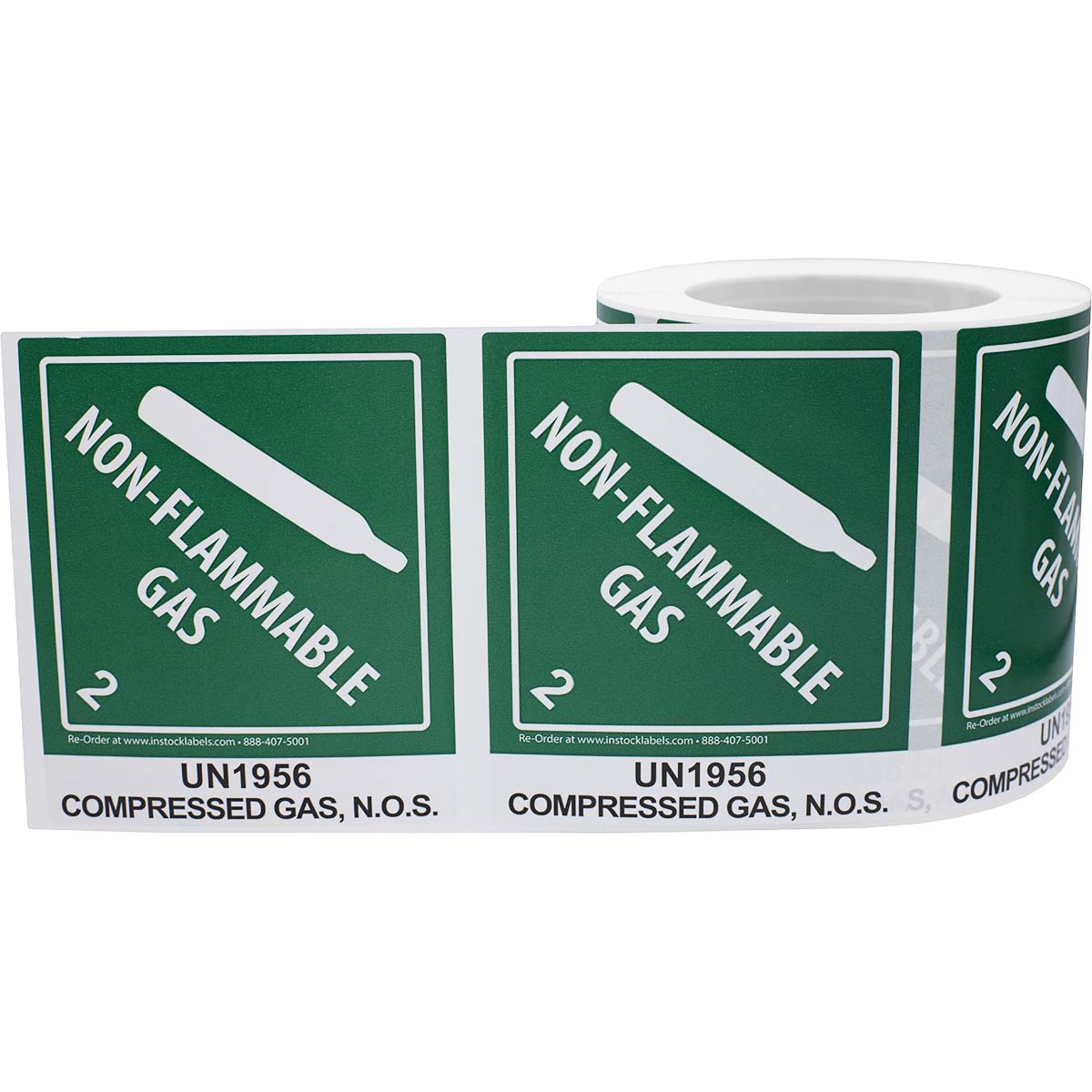
Hazard class 2 labels
Health and safety: Hazard symbols - SAMANCTA - European … 10.12.2012 · Mass explosion hazard: 1.2: Explosive, subclass 1.2 Projection hazard: 1.3: Explosive, subclass 1.3 Fire hazard or minor projection hazard: 1.4: Explosive, subclass 1.4 No significant hazard: 1.5: Explosive, subclass 1.5 Very insensitive substances with mass explosion hazard: 1.6: Explosive, subclass 1.6 Extremely insensitive articles with no ... › classesHazard Class 1 - Explosives – HazMat Tool Division 1.1: Explosives that have a mass explosion hazard. A mass explosion is one which affects almost the entire load instantaneously. Division 1.2: Explosives that have a projection hazard but not a mass explosion hazard. en.wikipedia.org › wiki › Dangerous_goodsDangerous goods - Wikipedia Even so, different countries may use different class diamonds for the same product. For example, in Australia, anhydrous ammonia UN 1005 is classified as 2.3 (toxic gas) with subsidiary hazard 8 (corrosive), whereas in the U.S. it is only classified as 2.2 (non-flammable gas).
Hazard class 2 labels. Hazard Class Labels - DOT Hazmat Labels for Hazmat Shipping … Compliance starts with the right label. When it comes to hazard labels, there's simply no room for cutting corners or taking chances. Available for Hazard Classes 1 through 9 in Worded, Personalized, Blank, International Wordless and more, our Hazmat labels feature outstanding durability to withstand even the most abrasive elements and harsh environments. ec.europa.eu › taxation_customs › dds2Health and safety: Hazard symbols - SAMANCTA Dec 10, 2012 · Mass explosion hazard: 1.2: Explosive, subclass 1.2 Projection hazard: 1.3: Explosive, subclass 1.3 Fire hazard or minor projection hazard: 1.4: Explosive, subclass 1.4 No significant hazard: 1.5: Explosive, subclass 1.5 Very insensitive substances with mass explosion hazard: 1.6: Explosive, subclass 1.6 Extremely insensitive articles with no ... Dangerous goods classes and hazard labels - Civil Aviation … Hazard labels are used to show the level of hazard of the substances being transported. Skip to main content Dangerous goods ... This label is used on liquefied gases, such as the ones in Class 2. This way up. This label ensures a load is placed the correct way up and can be used for non-dangerous goods. › hazcomHazard Communication - Overview | Occupational Safety and ... Hazard classification: Provides specific criteria for classification of health and physical hazards, as well as classification of mixtures. Labels: Chemical manufacturers and importers will be required to provide a label that includes a harmonized signal word, pictogram, and hazard statement for each hazard class and category. Precautionary ...
Hazard Communication - Overview | Occupational Safety and … Labels: Chemical manufacturers and importers will be required to provide a label that includes a harmonized signal word, pictogram, and hazard statement for each hazard class and category. Precautionary statements must also be provided. Safety Data Sheets: Will now have a specified 16-section format. pubchem.ncbi.nlm.nih.gov › ghsGHS Classification - PubChem Fire or projection hazard; increased risk of explosion if desensitizing agent is reduced: Desensitized explosives: Category 2: Class 3 or Div 4.1: Danger: P210, P212, P230, P233, P280: P370+P380+P375: P401: P501 : H207: Fire or projection hazard; increased risk of explosion if desensitizing agent is reduced: Desensitized explosives: Category 3 ... › shop › labelsHazard Class Labels - DOT Hazmat Labels for ... - Labelmaster Compliance starts with the right label. When it comes to hazard labels, there's simply no room for cutting corners or taking chances. Available for Hazard Classes 1 through 9 in Worded, Personalized, Blank, International Wordless and more, our Hazmat labels feature outstanding durability to withstand even the most abrasive elements and harsh environments. California Code of Regulations, Title 8, Section 5194. Hazard ... 28.9.2018 · (2) The manufacturer, importer, or distributor shall ensure that the information provided under section 5194 (f)(1)(A) through (E) is in accordance with Appendix C to section 5194, for each hazard class and associated hazard category for the hazardous chemical, prominently displayed, and in English (other languages may also be included if appropriate).
Hazard Class 1 - Explosives – HazMat Tool Hazard Classes. Overview; Class 1 – Explosives; Class 2 – Gases; Class 3 – Flammable liquids; Class 4 – Other Flammable Substances; Class 5 – Oxidizing Substances & Organic Peroxides; Class 6 – Toxic (Poisonous) Substances; ... Labels Click for more information . Division 1.3 ... › sites › defaultBRIEF - Occupational Safety and Health Administration 2 statement(s); and pictogram(s); and name, address and telephone number of the chemical manufacturer, importer, or other responsible party. To develop labels under the revised HCS, manufacturers, importers and distributors must first identify and classify the chemical hazard(s). Appendices A, B, and C are all mandatory. GHS Classification - PubChem Fire or projection hazard; increased risk of explosion if desensitizing agent is reduced: Desensitized explosives: Category 2: Class 3 or Div 4.1: Danger: P210, P212, P230, P233, P280: P370+P380+P375: P401: P501 : H207: Fire or projection hazard; increased risk of explosion if desensitizing agent is reduced: Desensitized explosives: Category 3 ... en.wikipedia.org › wiki › Dangerous_goodsDangerous goods - Wikipedia Even so, different countries may use different class diamonds for the same product. For example, in Australia, anhydrous ammonia UN 1005 is classified as 2.3 (toxic gas) with subsidiary hazard 8 (corrosive), whereas in the U.S. it is only classified as 2.2 (non-flammable gas).
› classesHazard Class 1 - Explosives – HazMat Tool Division 1.1: Explosives that have a mass explosion hazard. A mass explosion is one which affects almost the entire load instantaneously. Division 1.2: Explosives that have a projection hazard but not a mass explosion hazard.
Health and safety: Hazard symbols - SAMANCTA - European … 10.12.2012 · Mass explosion hazard: 1.2: Explosive, subclass 1.2 Projection hazard: 1.3: Explosive, subclass 1.3 Fire hazard or minor projection hazard: 1.4: Explosive, subclass 1.4 No significant hazard: 1.5: Explosive, subclass 1.5 Very insensitive substances with mass explosion hazard: 1.6: Explosive, subclass 1.6 Extremely insensitive articles with no ...

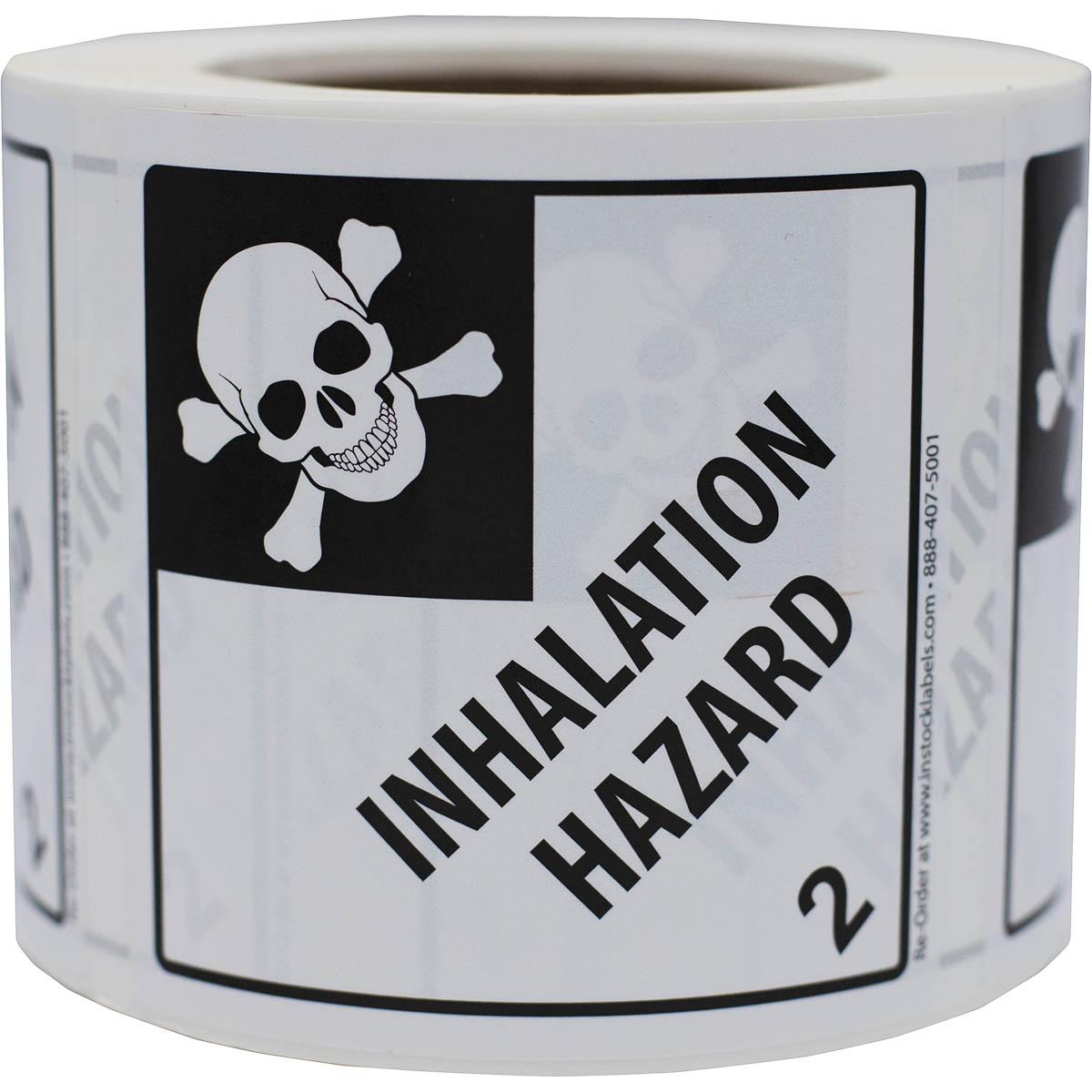
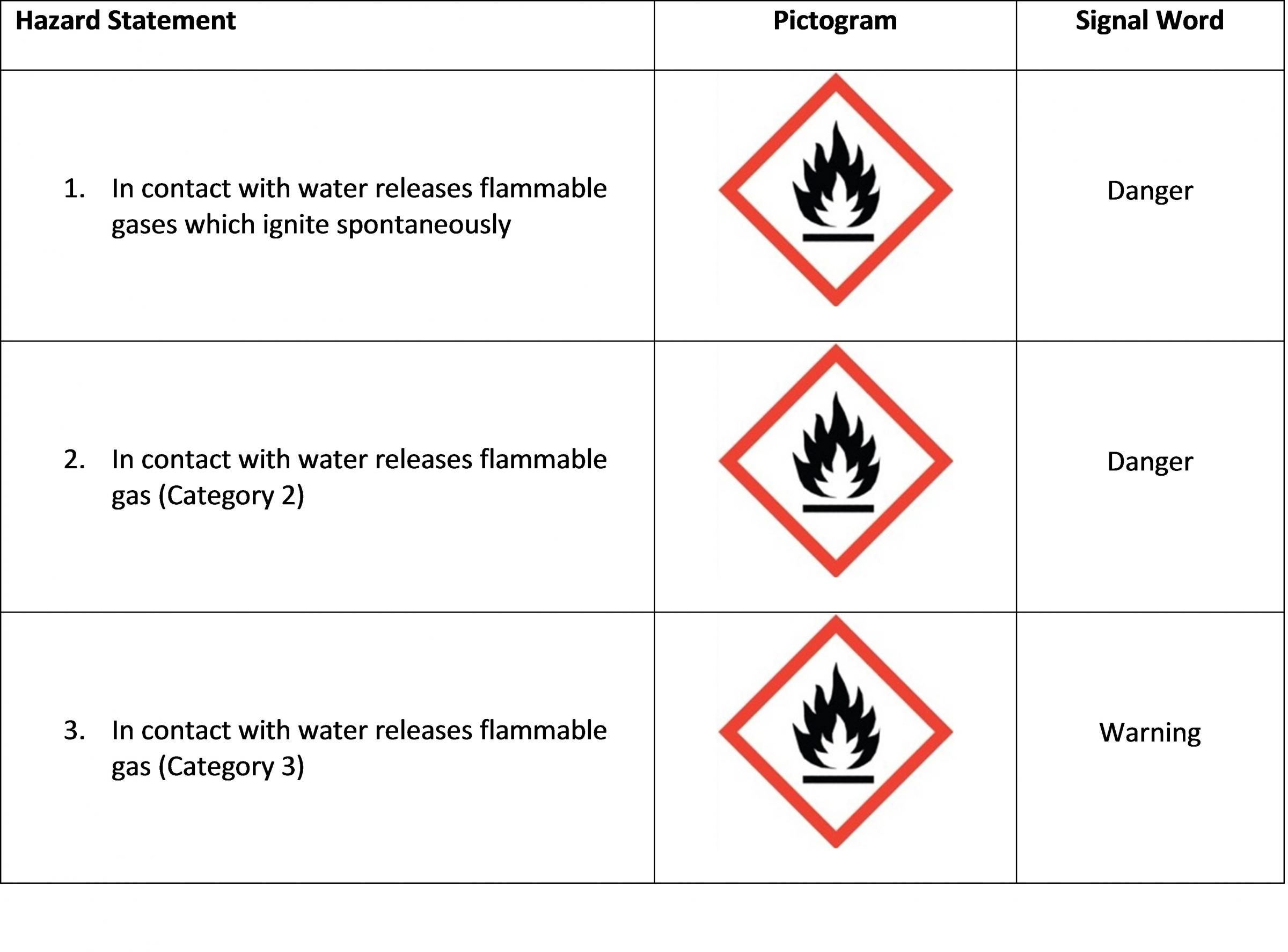


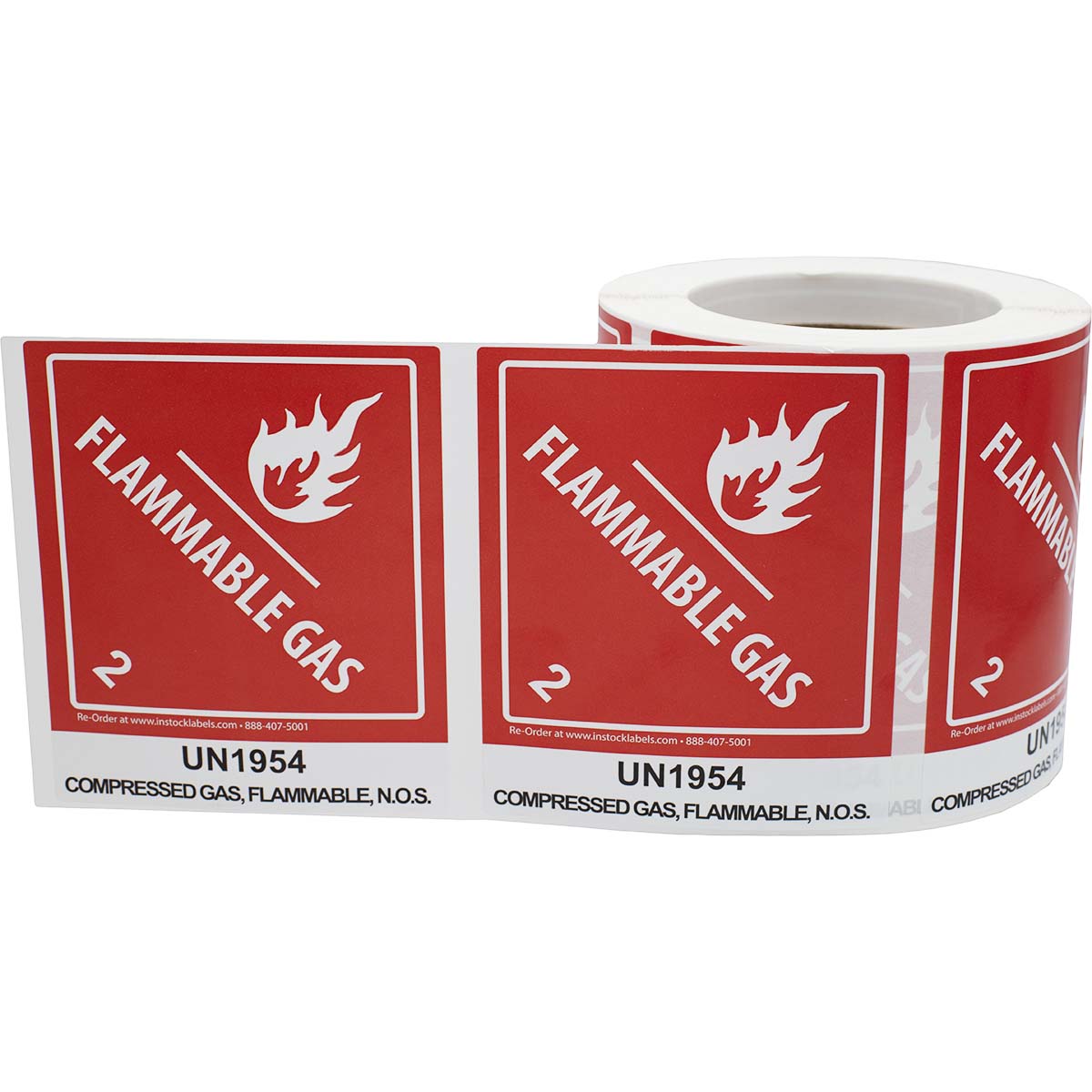

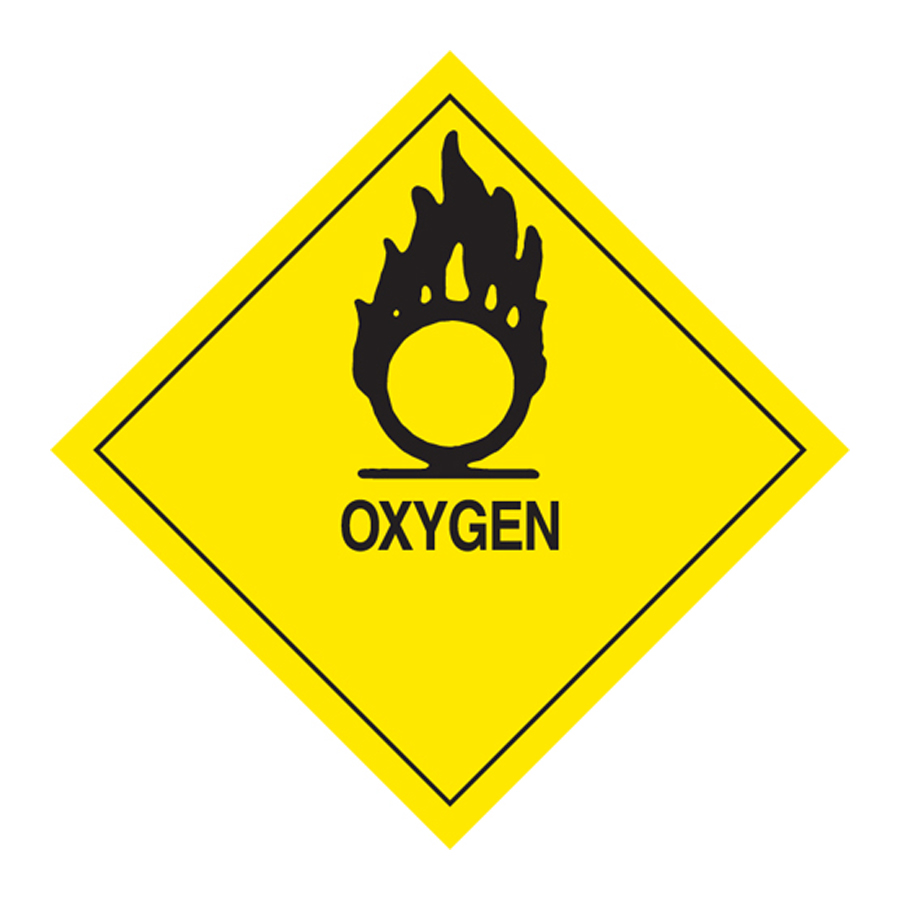


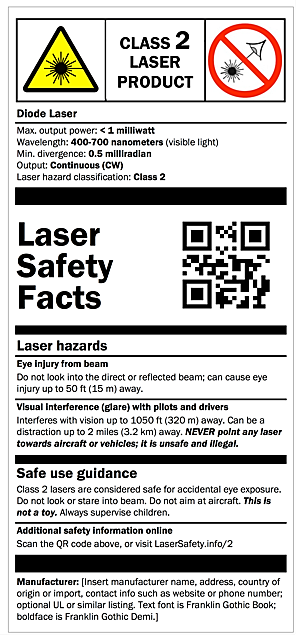


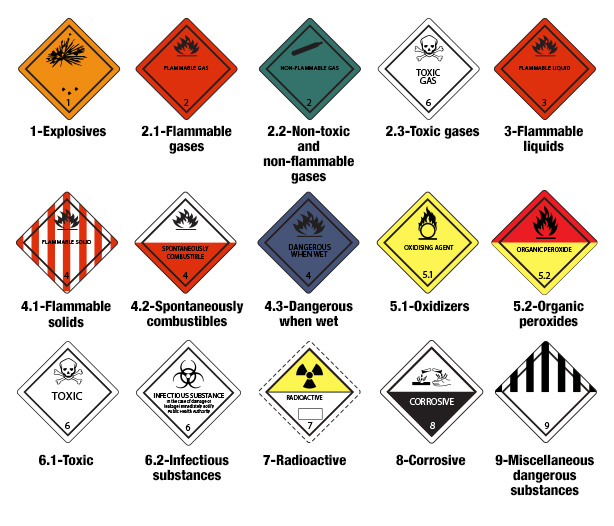
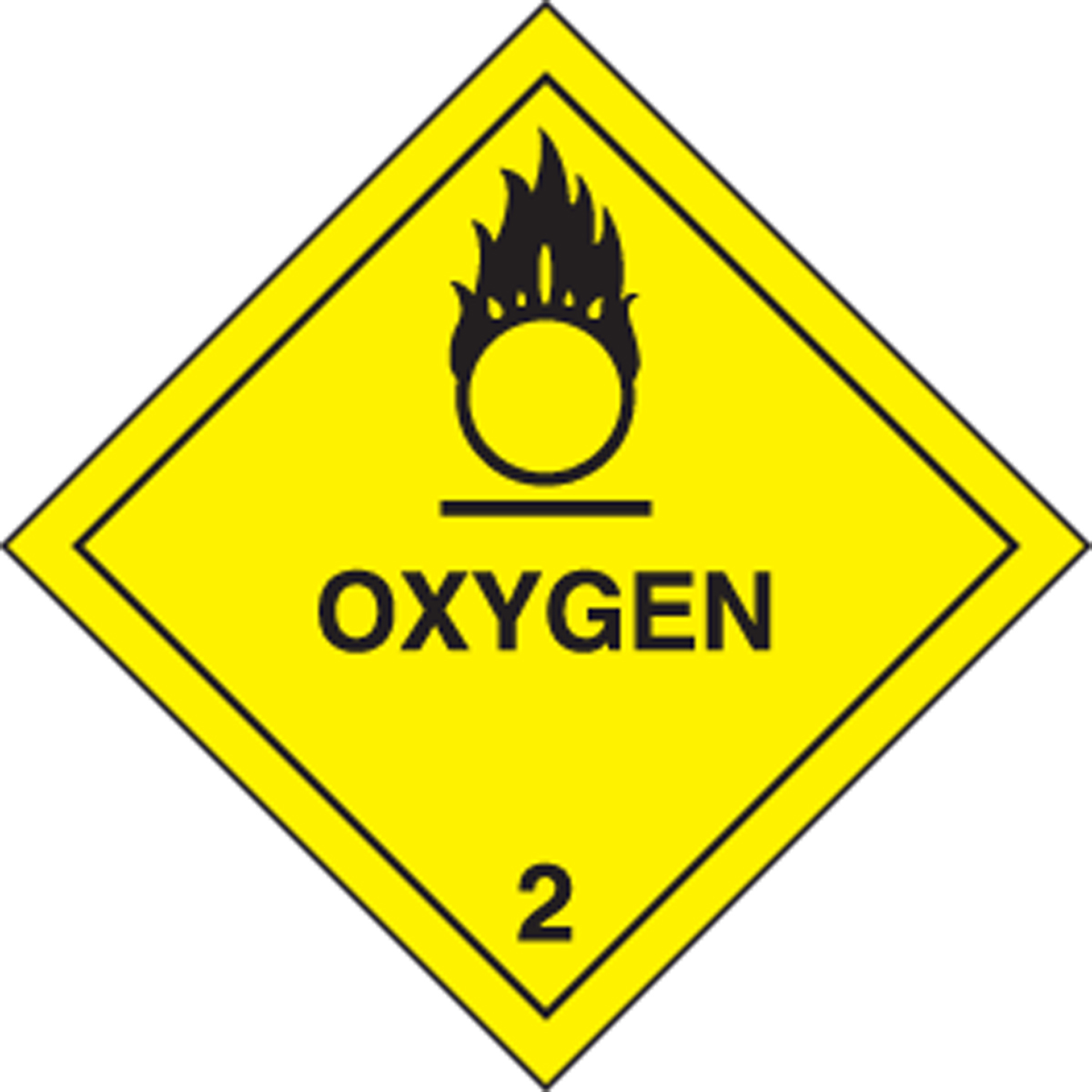

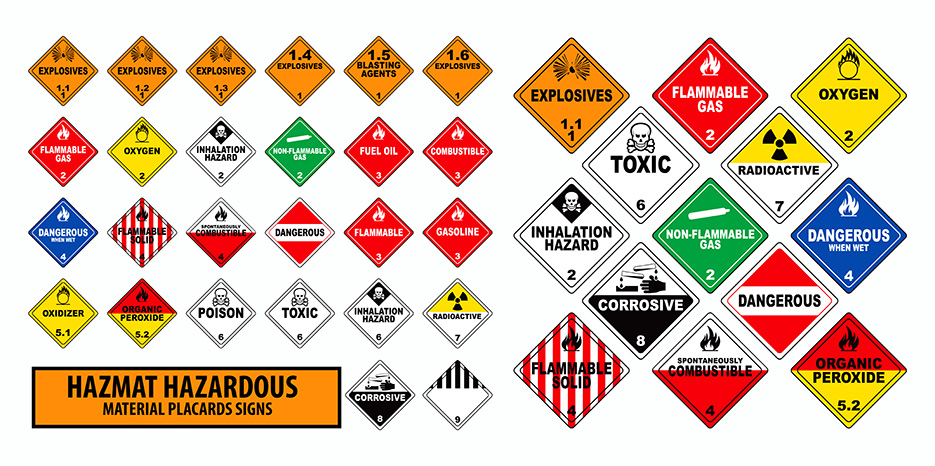



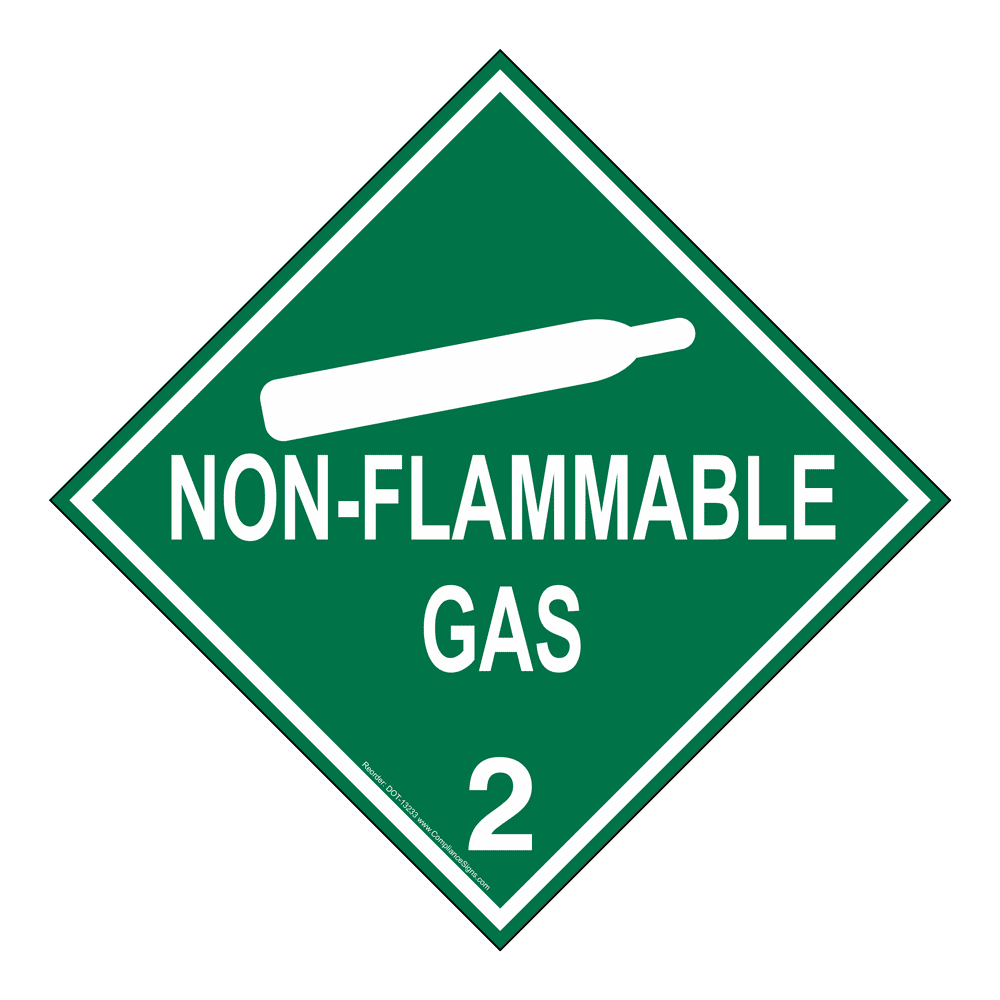
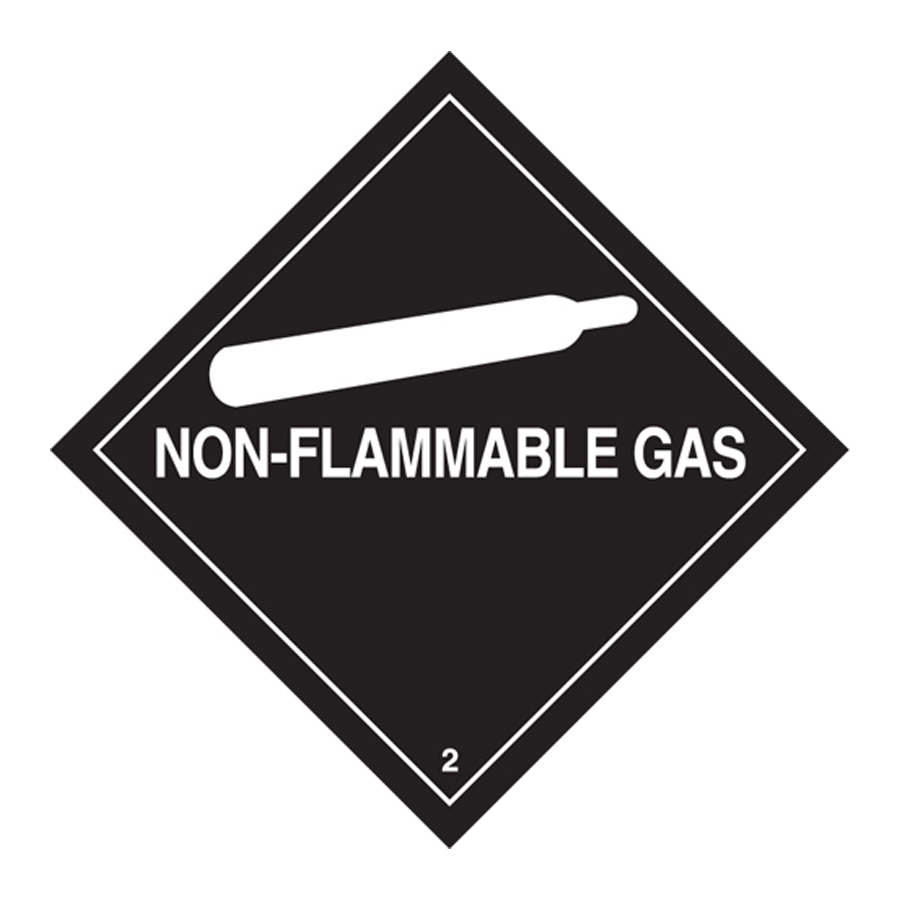


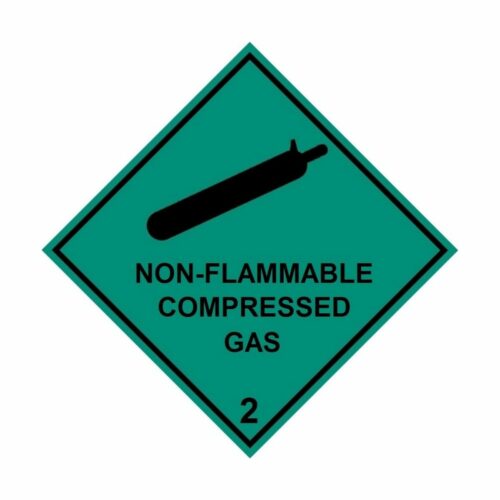



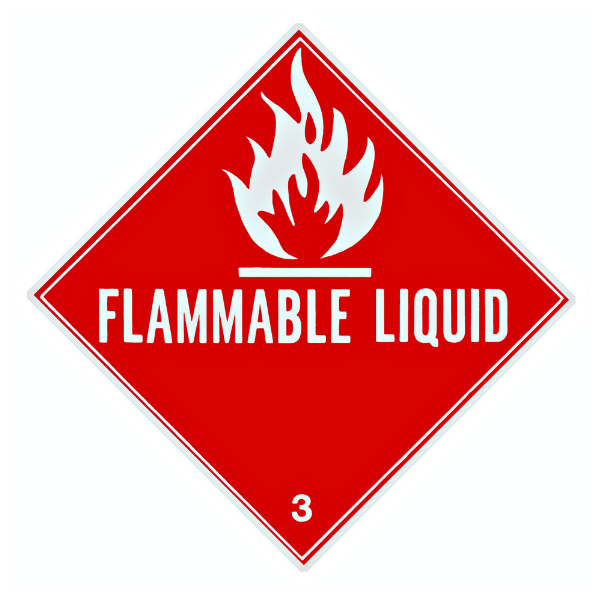


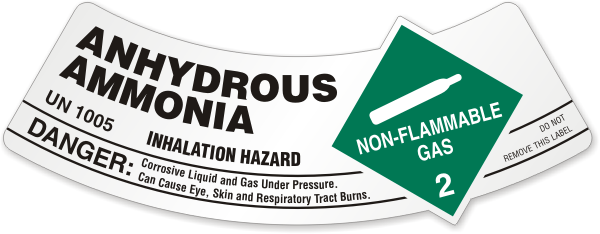
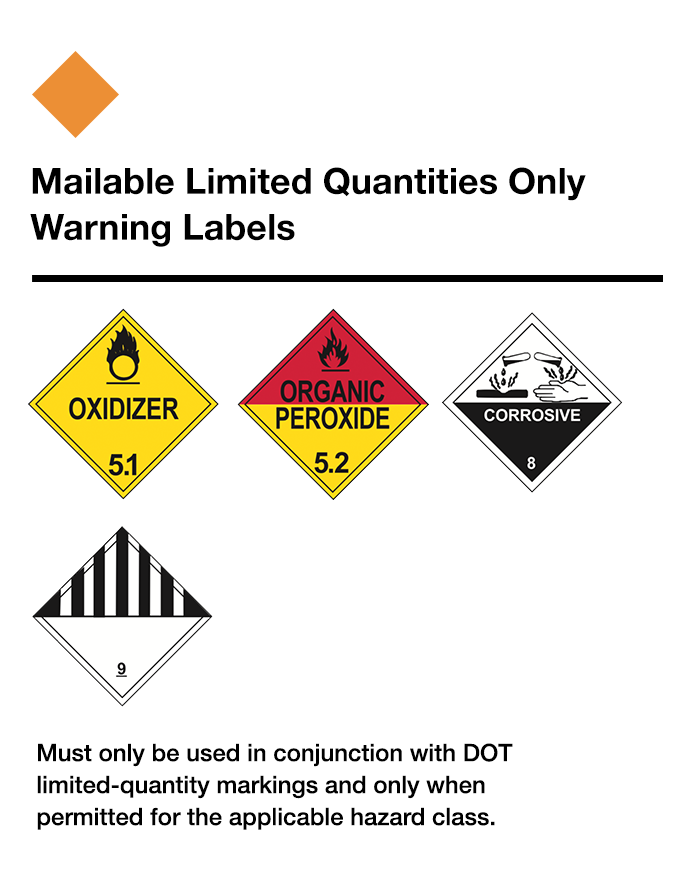


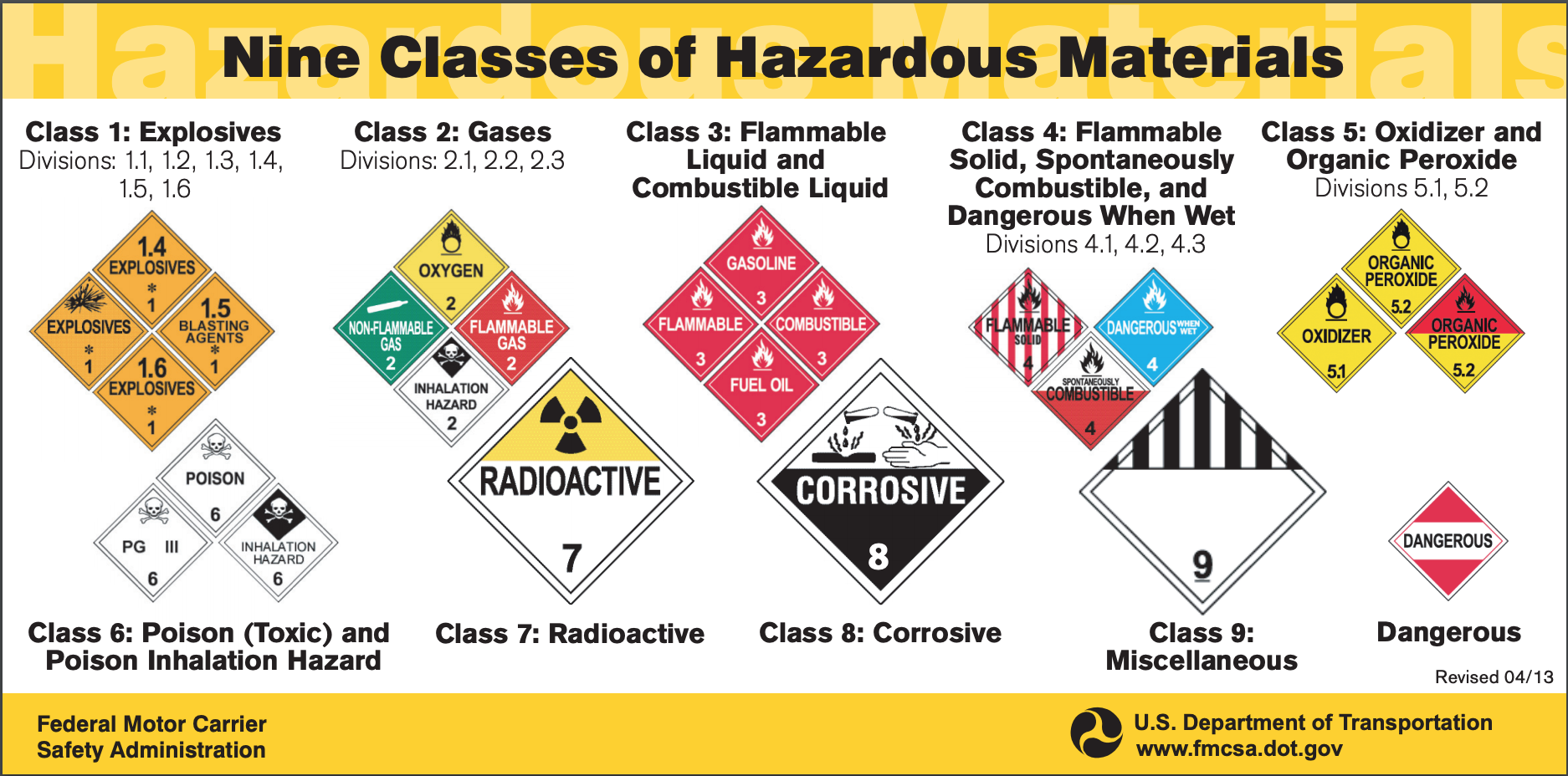

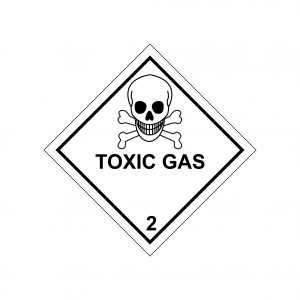
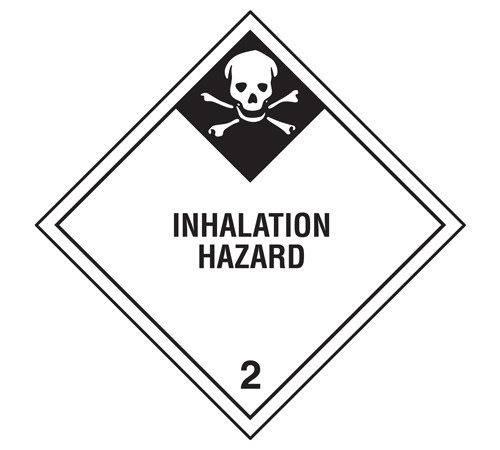
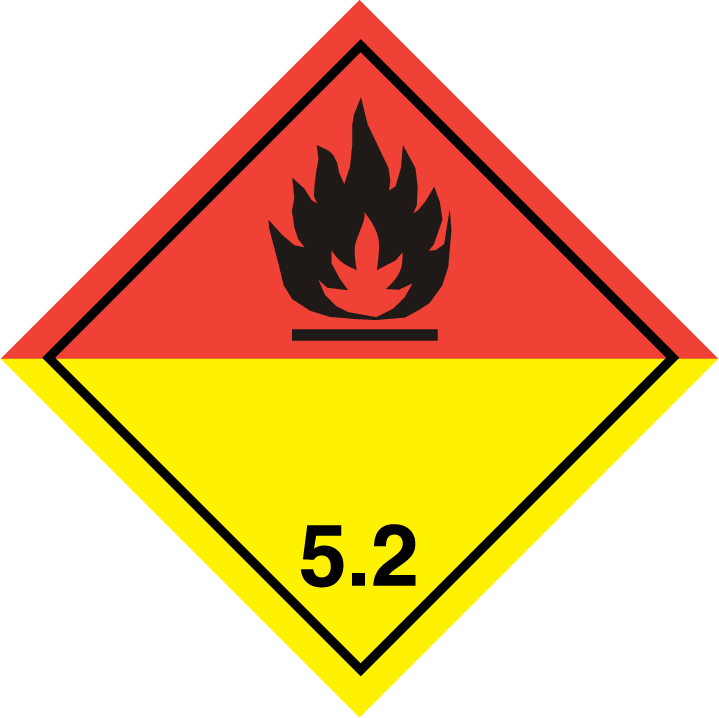

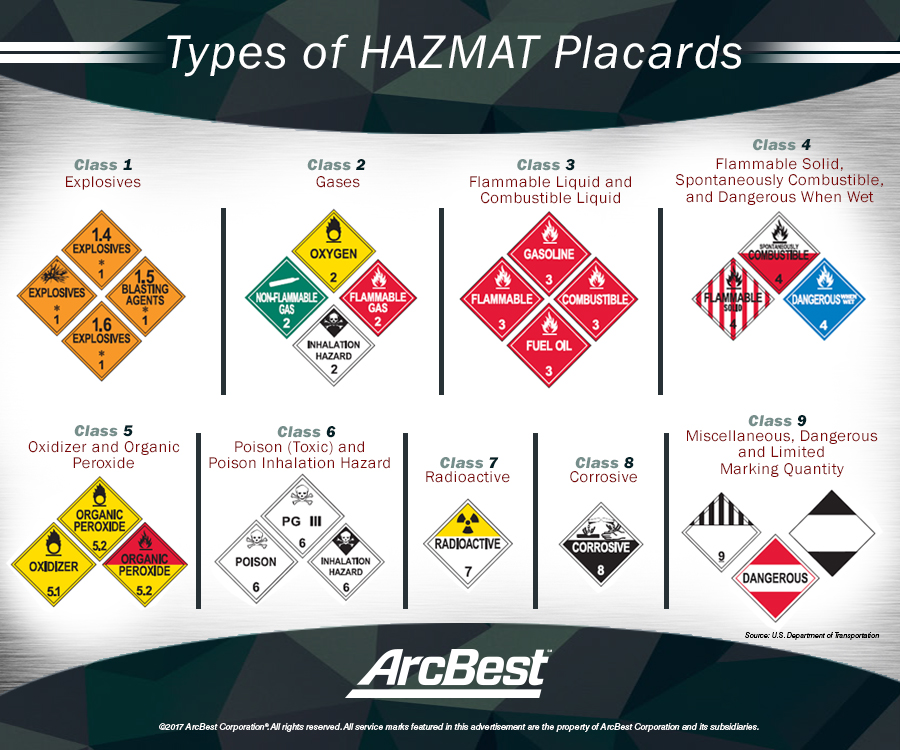
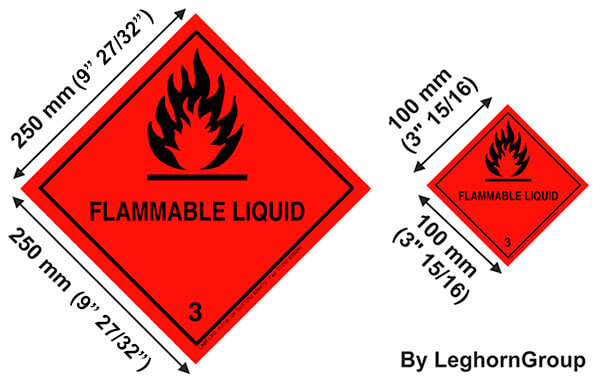
Post a Comment for "45 hazard class 2 labels"